Advertisement
The New Normal
What The MFA's Delayed Basquiat Show Tells Us About The Future Of Art Exhibitions
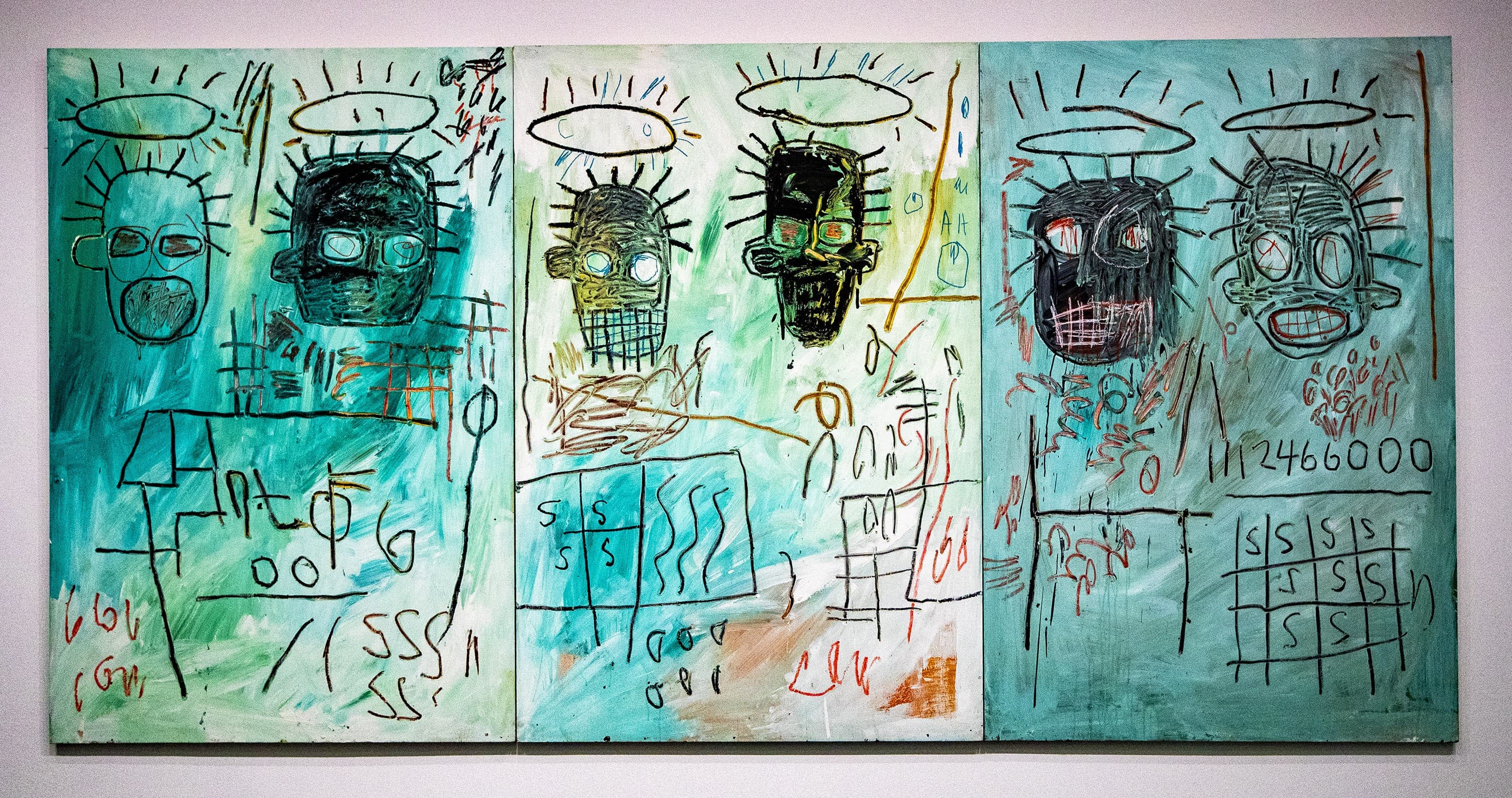
The pandemic has changed, well, seems like just about everything. That includes the arts and how audiences can engage with culture. This week, WBUR's arts reporters are examining how a few different art forms are being made and displayed in Boston. First stop, the Museum of Fine Arts to find out how COVID-19 is impacting what visitors will see on its walls for the foreseeable future.
On a recent afternoon, the MFA's temporary exhibition space known as the Gund Gallery was filled with wooden travel crates of various sizes. Nestled inside one partly-open box sat a medium-sized refrigerator covered in graffiti. Liz Munsell explained the appliance's significance.
“So this is an incredibly dynamic fridge called the 'Fun Fridge' that has tags from everyone from Fab 5 Freddy to KooL KooR to Lady Pink to Basquiat,” she said through her mask.
Munsell is co-curator of the long-delayed now soon-to-open exhibition "Writing the Future: Basquiat and the Hip-Hop Generation." She pointed to the vibrant canvases on the gallery walls by Jean-Michel Basquiat that are paired with works by street artists he hung with in 1980s New York City at the Fun Gallery.
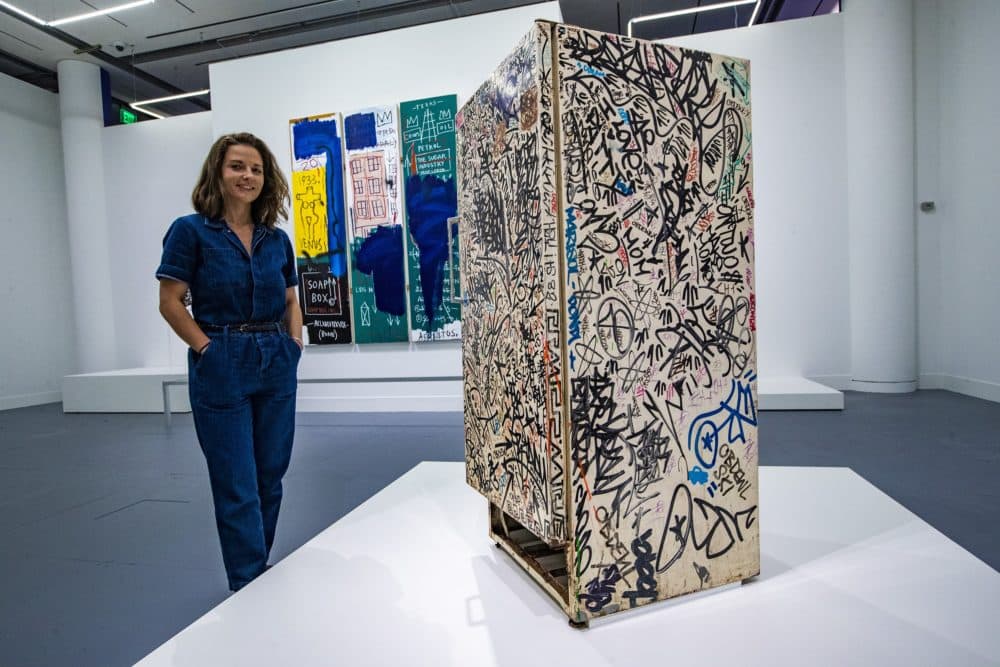
This new show is the first to highlight Basquiat's relationship with his collaborators and peers of color from that time. To tell their story Munsell and co-curator Greg Tate procured 120 international loans.
“Artists in this exhibition — artists associated with graffiti — were very widely collected in Europe in the 1980s and not too appreciated here in their home country,” she said. “So we had to do a lot of work with private collectors, primarily in Europe, to assemble the number of works that are in the gallery today.”
But 90% of the borrowed paintings and objects have been in the gallery way longer than originally expected. Like the fridge, the works arrived in March ahead of the highly-anticipated opening planned for April.
“We were ready to go with our design set, our programs in place, our opening launch with many of the artists coming in from out of town,” Munsell recalled, “and then the world changed in front of our very eyes.”
Advertisement
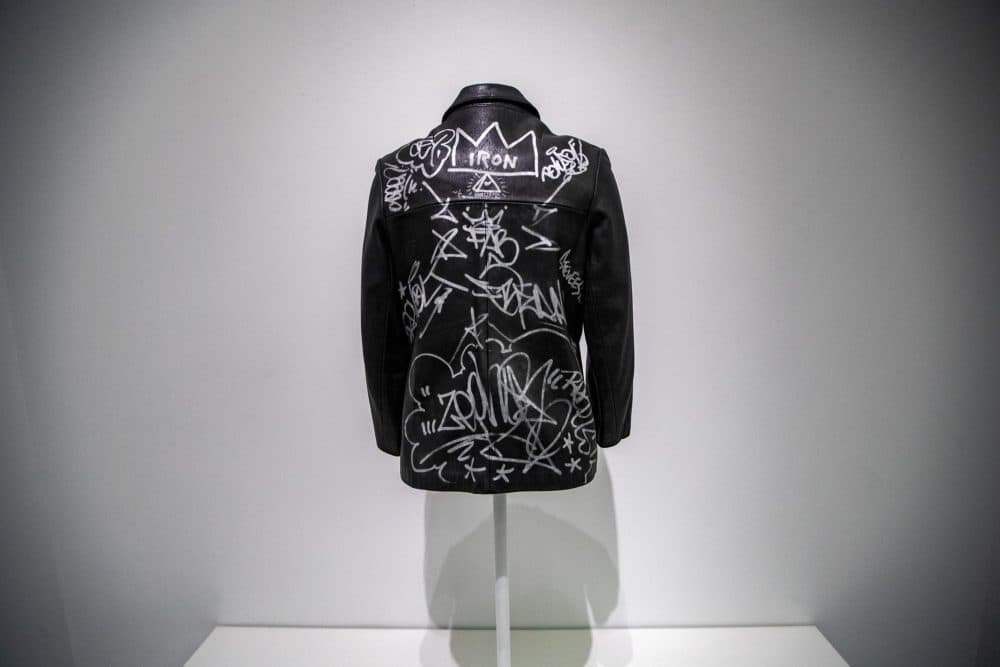
The MFA shut down on March 13 along with the international network of museums, lenders and shippers that move art around the globe. “Everything that was of significant scale was already through our doors from overseas,” Munsell said.
Only three of the borrowed works didn't make it to the MFA for the show because of export license backlogs in France, according to head registrar Jill Kennedy-Kernohan. It's her responsibility to orchestrate logistics and safe travel for loans traveling to and from the MFA. Before the pandemic, couriers would physically escort valuable artworks every step of the way to Boston until they were settled and secure in the gallery.
“You know, couriers used to ride on the trucks — they're not allowed in the trucks anymore,” Kennedy-Kernohan said, “Many of the flights that we would have normally used to get objects here have been canceled.”
Now Kennedy-Kernohan is using a virtual courier. “It feels like having a robot or something in the room with us,” she mused, “but it's been working pretty well.”
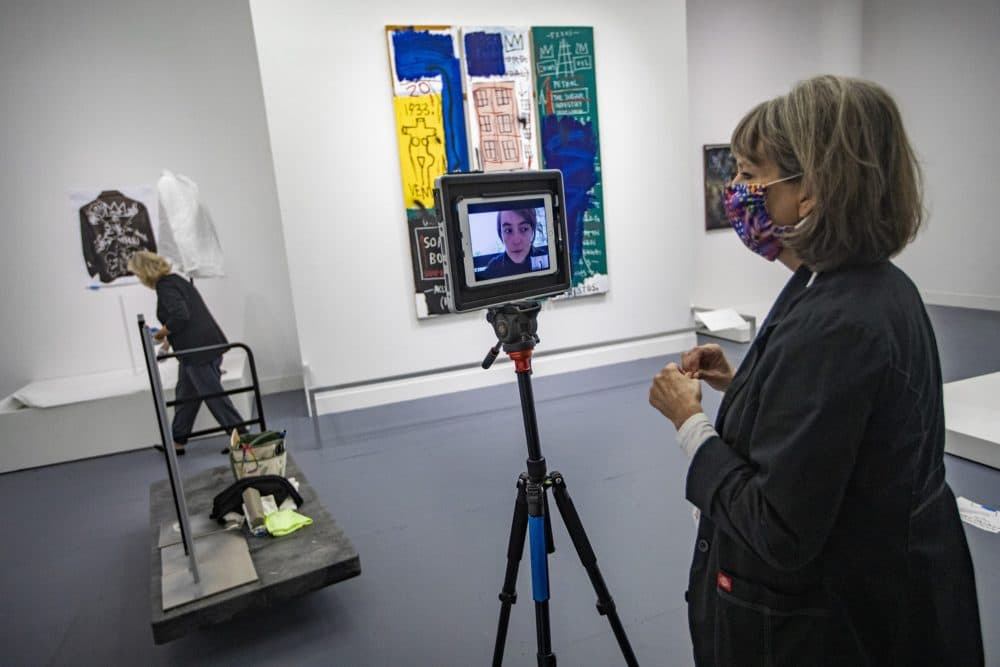
Sounds high-tech, but it's actually an iPad attached at eye-level to a tripod with wheels. Kennedy-Kernohan has been rolling it around the gallery while talking on Zoom with human couriers in places including Los Angeles and the Netherlands during installation.
“They watch us unpack,” she said. “They can consult with the conservator about the condition report, and then they watch us as we put it up on the walls. So it's a whole new world for registrars right now.”
The entire museum ecosystem has been altered. “There's a lot that's up in the air right now for all institutions trying to figure out what budgets will allow,” Kennedy-Kernohan said.
The MFA and institutions it partners with are shuffling timelines for a long list of postponed shows and asking lenders if they're willing to extend contracts. Some exhibitions are being pushed to 2023, '24 and '25.

The MFA is not alone in juggling disrupted schedules and logistical chaos with myriad moving parts.
“All institutions loan and receive loans — to one extent or another,” Christine Anagnos explained. She's executive director of the Association of Art Museum Directors (AAMD). “Some do it more often than others, but this has affected every single institution, no matter how big or how small.”
The AAMD represents more than 220 museums in the United States, Canada and Mexico which are all navigating this new reality. Anagnos said the ways museums have organized and executed big, expensive loan-driven exhibitions for decades have been upended.
“Museums are looking for innovative ways to make sure work can travel from point A to point B safely and that their staffs are safe. It will be slow going for a while,” Anagnos predicted. “The blockbuster is not dead. Loan shows are not dead. Traveling exhibitions are not dead. It's just going to be a little bit different.”
Every arts field is suffering because of the pandemic, Anagnos said, and museums that are struggling financially after months without audiences and ticket revenue need to find innovative, practical solutions. She pointed to one that's right under their own roofs.
“I think museums are looking inward towards their own collections,” she said, “which in some areas are so vast, and [they] are going to be looking at new ways to present information to audiences.”
When asked if he thinks the MFA will be moving towards more homegrown-developed exhibitions director Matthew Teitelbaum replied, “Yes, I do.” The encyclopedic museum's collection holds nearly 500,000 artworks and objects spanning centuries, and he said audiences haven't seen troves of them for a long time. While it's the MFA's responsibility to share them, in this moment it's also more cost-effective and efficient to create exhibitions with what you already have.
“You don't have to go halfway around the world to select a work of art,” he explained, “On the other hand — I'm gonna say it over and over again — you still have to create a compelling narrative and you have to be convinced that you have the objects to tell that story.”
Teitelbaum said the narratives also have to be relevant to our times to engage today's much-needed visitors.
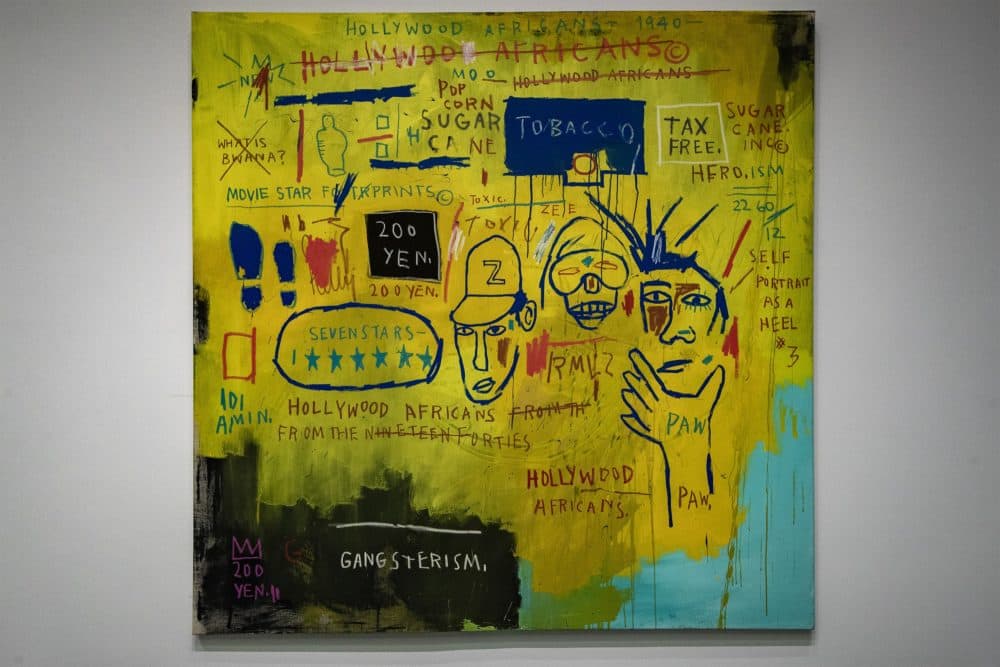
Ambitious, comprehensive, expensive exhibitions built on loans and relationships take years to plan. They've been the backbone of arts institutions. And they’ve been money-makers. With reduced visitor capacity because of the pandemic, Teitelbaum said a lot of partnerships and decisions about future shows are being challenged as museums try to recover from laying off staff (more than 100 full and part-time positions were cut at the MFA) while salvaging battered budgets and bottom lines.
“I cannot underestimate the number of shows that have been canceled, postponed as people are trying to work out their schedules in relation to the audience they think they're going to have. And we're all operating with severely restricted audiences and we're all trying to figure out what expenses we can logically take on. Everyone's quite cautious.”
In terms of what's lost by not looking outward, Teitelbaum pointed to a sense of globalism. “How do you address issues of geography as they create identity if you can't move around?” he asked. “It's very challenging to be on Zoom call after Zoom call with curators in other institutions, or directors at other institutions, and not be standing in the galleries with them and looking at art with them, and comparing notes with them, and developing programs without that proximity.”
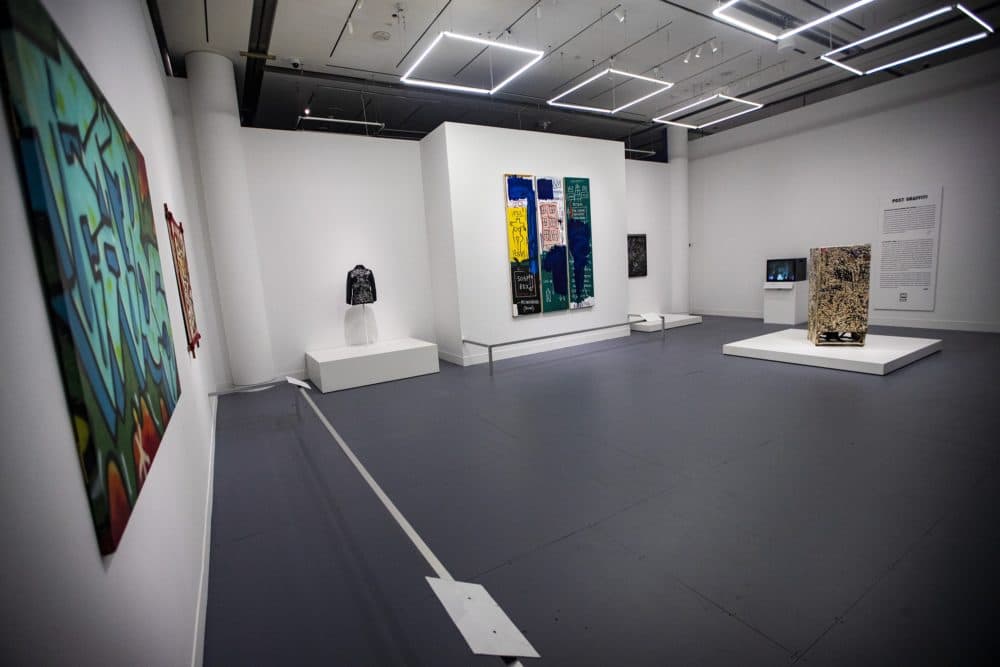
But right now the MFA has high hopes audiences will be drawn back for the redesigned Basquiat show which finally opens — now for seven months instead of four — on Oct. 18.
To create more distance the design team knocked down walls in the gallery and the curatorial team reinterpreted the show's wall text in the wake of racial justice uprisings across the country. The artists represented in the show were up against a lot of racial discrimination “in terms of the art world being predominantly white and pretty elitist — which of course it still is," Munsell said. "I think their story of resilience is one that young artists struggling to get through this moment can look to as an example.”
Two shows are opening on the heels of Basquiat: the postponed exhibition of works by Monet pulled from the MFA's holdings is on deck for November along with "Cezanne: In and Out of Time" that has seven loans — six that have never been seen at the museum. A few shows are in the works for early 2021, including two that will be developed from within the museum's walls.
This segment aired on October 13, 2020.
